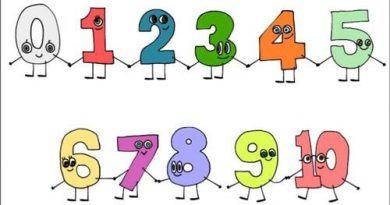HOW TO ADDRESS IN VIETNAMESE
After learning how to say hello in Vietnamese, we came to understand that relationship and age will determine Vietnamese conversations. Therefore, today Tiếng Việt Online will show you one of the most crucial part in Vietnamese conversation: how to address in Vietnamese.

How to address in family:
- First person:
Con: talking to parents, grandparents
Cháu: talking to grandparents
Bố/Mẹ: talking to your children
Ông/bà: talking to your grandparents
Cô/dì/chú/cậu/bác: talking to your niece
Em: talking to older sisters, brothers
Anh (male), chị (female): talking to younger sisters, brothers
- Second person:
Younger brother/sister: em
Older brother/sister: anh/chị (+name)
Father: bố
Mother: mẹ
Grandpa: ông
Grandma: bà
Aunt: cô (father’s younger sister), dì (mother’s younger sister), mợ (mother’s younger brother’s wife), bác (father/mother’s older sister), thím (father’s younger brother’s wife)
Uncle: cậu (mother’s younger brother), chú (father’s younger brother), bác (father/mother’s older brother)
- Third person: Same as second person.
How to address at school:
To friends:
First person: tớ, mình (polite), tao (very intimate)
Second person: cậu, bồ (polite), mày (very intimate)
To teachers:
First person: con, em, chúng em (plural)
Second person: thầy (male), cô (female)
To students:
First person: thầy (male), cô (female), tôi
Second person: em, trò, cô/chị (female), cậu/anh (male),
How to address in Workplace, office:
We will address ourselves as “em” or “chúng em” when we talk to our boss, superior. Sometimes, “tôi” can be used as it’s a professional environment. Superiors can address themselves as “tôi”, “anh” (male), “chị” (female), and call others “em”, “cậu” (male), “cô” (female).
Example:
Quang: Chào ông giám đốc. Tôi đại diện đến từ công ty ABC đến để trao đổi công việc với ông. (Good morning, manager. I’m from ABC company to discuss the job)
Giám đốc: Chào cậu! Chúng ta bắt đầu thôi. (Good morning. Then, let’s start.)
Tiếng Việt online has given you the basic information about how to address in Vietnamese. Mastering this is taking one step closer to having a smooth conversation in Vietnamese.
This article is posted under Basic Vietnamese catagory. Please follow us to know a lot more about Vietnamese.
We on social : Facebook


